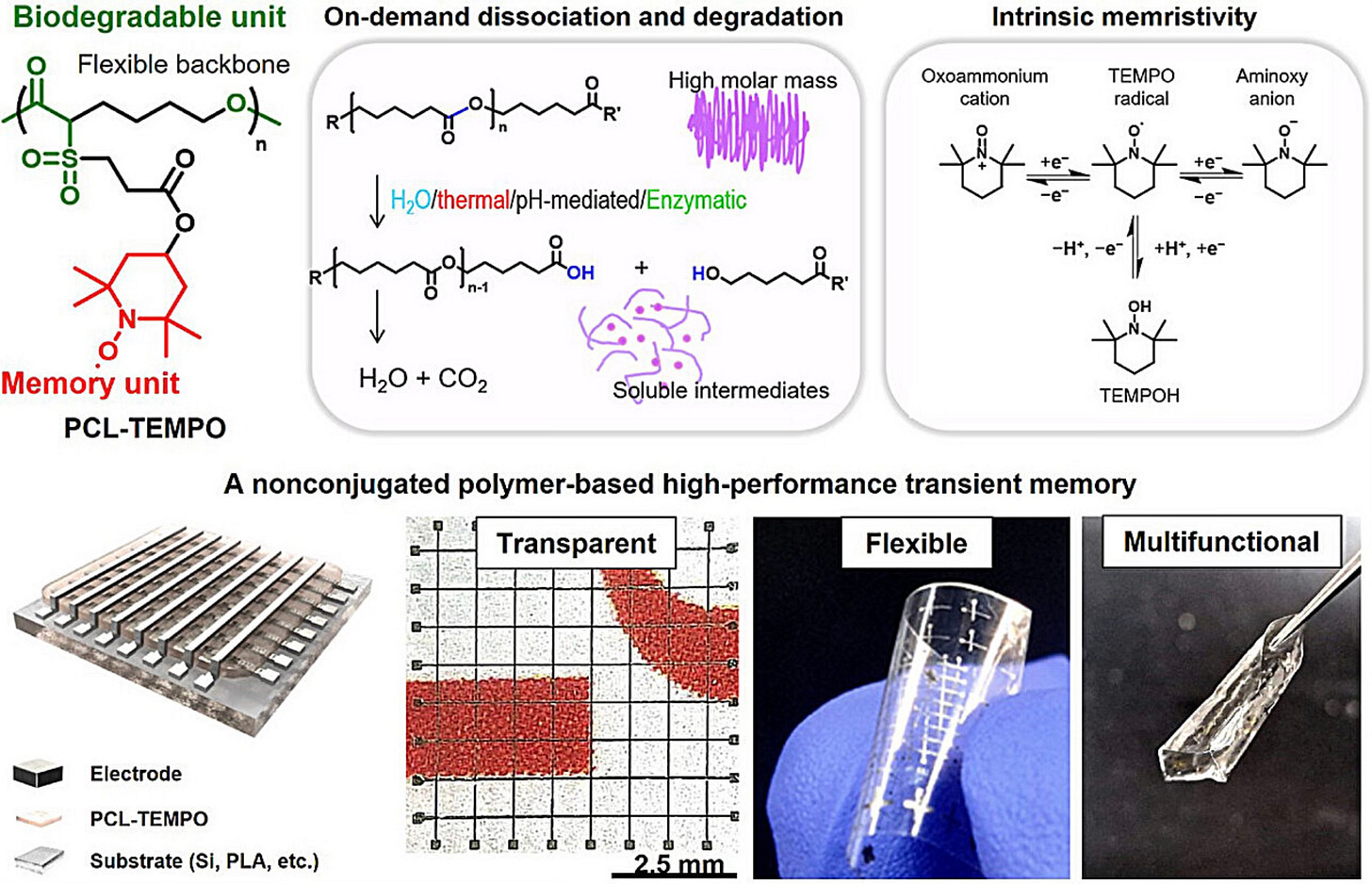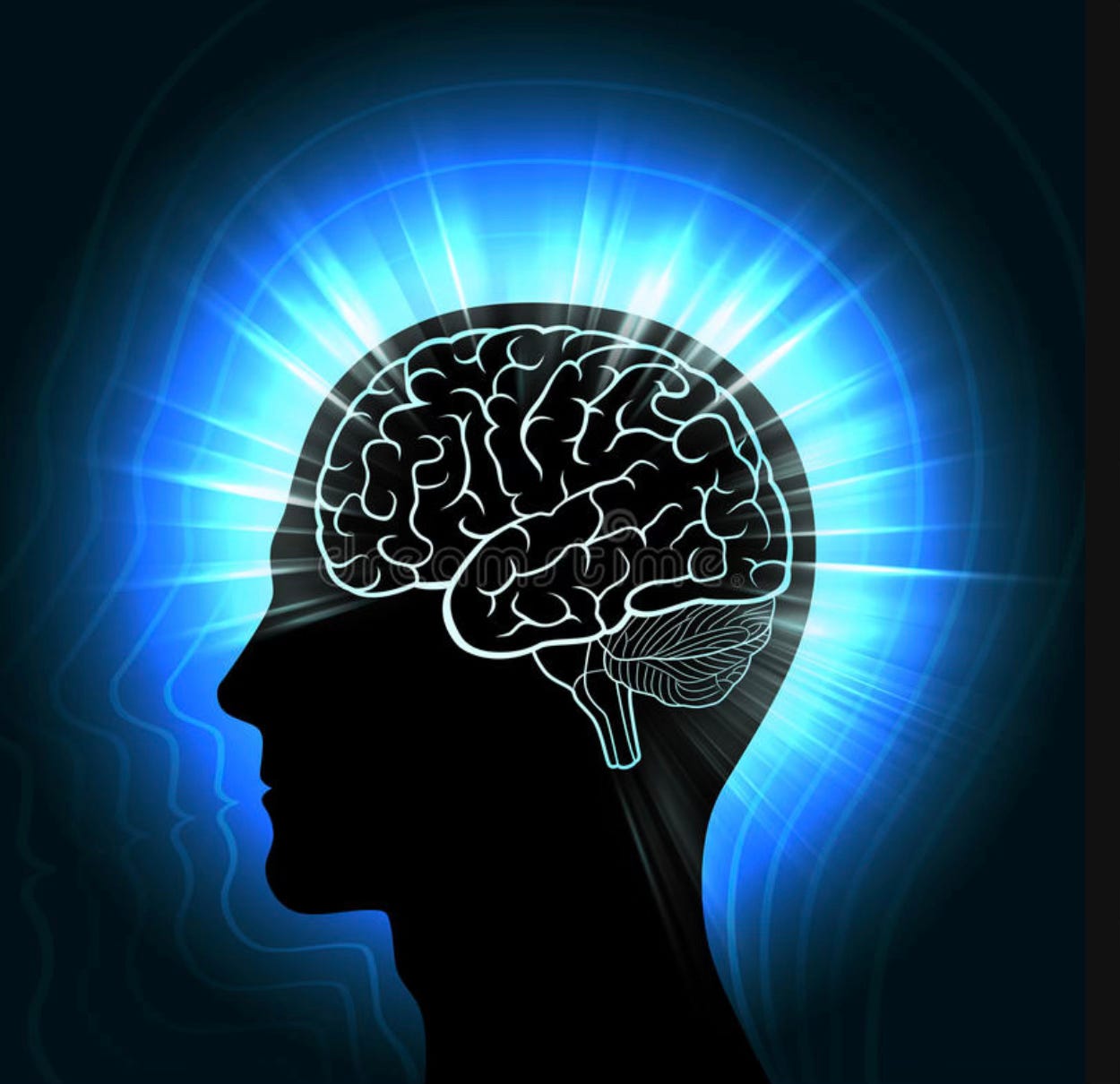This week we examine a naturally occurring DNA glue that may help us deal with diseases such as Motor Neuron, Alzheimer's and Parkinson’s. We investigate a new type of electronic memory that dissolves in water. We find out that when someone says that “You are bright today” that they may be talking about something other than your wonderful ideas. Finally we discover the source of a recent massive fast radio burst that emerged from outer space.
Anti Aging Glue
A team at Macquarie University in Sydney have discovered a protein that acts like a glue to repair damaged DNA. This glue may help ward off neurological degeneration such as Motor Neuron, Alzheimer's and Parkinson’s diseases.
The protein known as disulphide isomerase (PDI) is most commonly found in the gelatinous liquid of cells (the cytoplasm). Here it helps guide other proteins into correct position. The team also discovered that PDI can move through the cytoplasm and into the nucleus of the cell to repair breaks in DNA strands.
Our DNA needs constant repair, just like the cuts on our skin. Various stressors such as pollution and UV light in addition to other stresses from within our body constantly hit our DNA. Normally our body responds quickly however as we age, our repair mechanisms weaken and allow damage to build up.
The brain is a significant location for DNA damage. Mature neurons are highly specialized and can not replicate. Our bodies can’t simply repair DNA damage or grow new neurons. This is where PDI with its’ ability to cross into the nucleus of a cell and repair damage may extend the life and function of the neurons.
The team is now looking at how to use mRNA treatments to better direct PDI for DNA repair. Initially focusing on Motor Neuron Disease (MND) however their work can be applied to all conditions where damaged DNA contributes to advancing neurodegenerative conditions such as Alzheimer's and Parkinson’s.
Additionally in healthy cells PDI repairs DNA however in cancer cells the PDI gets hijacked and ends up protecting the tumor. Developing the ability to turn off PDI in tumors will make cancers more vulnerable to treatments such as chemotherapy.
Memory that Dissolves in Water
A team from the Korea Institute of Science and Technology have developed an electronic memory that will completely degrade within a few days of being dissolved in water. The use of electronics on and in the human body is growing rapidly and the problem of electronic waste is a significant environmental concern.
The material is biocompatible and stable enough for implantation in the human body. The onset of degradation can be controlled by varying the thickness and composition of the protective layer on the material. Once the protective layer dissolves, the material degrades.
Previous devices that dissolved in water suffered from poor data storage capabilities. The team developed a new molecular structure (PCL-TEMPO) to address this challenge. TEMPO is a functional organic molecule capable of storing electrical information. PCL is a biodegradable polymer. This design allows both electrical signal storage and natural degradation.
The new memory is suitable for implantable devices as well as in disposable health care monitoring, surgical implants and one time use military reconnaissance tools. The team is working on turning the memory into an intelligent transient electronic device by adding self healing and photo responsive capabilities.
You are Bright Today
If anyone has ever said this to you they might not have been commenting on your glowing intelligence but your glowing brain. A team at Algoma University in Ontario have found that the human brain possesses luminescent properties.
The team discovered that as the brain metabolizes energy, it releases super faint traces of visible light. The ultra weak photon emissions (UPEs) are emitted when electrons break down and lose momentum. This causes them to let go of their photons.
This radiation is not a thermal radiation and the UPEs are not the same as bioluminescence from some animals.
The potential applications of this finding might include the detection of budding brain tumors, excitotoxic lesions, mild traumatic injuries and neurotoxic insults. Identification of these changes might be possible with non invasive tests.
The next time someone tells you that you are bright today, it may not be your fabulous ideas that they are referring to, your brain may just be shining a bit brighter.
Fast Radio Bursts
Every time there is a new report of the discovery of a set of fast radio bursts (FRB) from outer space the popular press shouts “Aliens are communicating with us”. Any professional astronomer will tell you that it is never aliens. Fast radio burst can come from many sources in space ranging from black holes, neutron stars and other dying stellar objects.
On 13 June 2024 a team at the Square Kilometer Array in Western Australia heard a potential FRB that lasted less than 30 nanoseconds. The pulse was so strong that it eclipsed all other signals coming from the sky. Was this an Alien civilization sending us a very short message? Was it a black hole or dying star sending out a last goodbye?
The team dug into the signal and traced it to an unexpected source. The signal came from a long dead NASA satellite called Relay 2. Relay 2 was sent into orbit in 1964 as an experimental communications satellite. It worked for less than a year before stopping operating. No signals had been heard since.
The team believes that the satellite came back to life for a very short moment and happened to be directly above the Square Kilometer Array when an electrostatic charge on the craft reached a large enough size to discharge. The finding could lead to the development of new tools for studying signals from space and for new ways of monitoring the movement of the rapidly growing number of dead satellites.
Paying it Forward
If you have a start-up or know of a start-up that has a product ready for market please let me know. I would be happy to have a look and feature the startup in this newsletter. Also if any startups need introductions please get in touch and I will help where I can.
If you have any questions or comments please comment below.
I would also appreciate it if you could forward this newsletter to anyone that you think might be interested or provide a recommendation on Substack.






